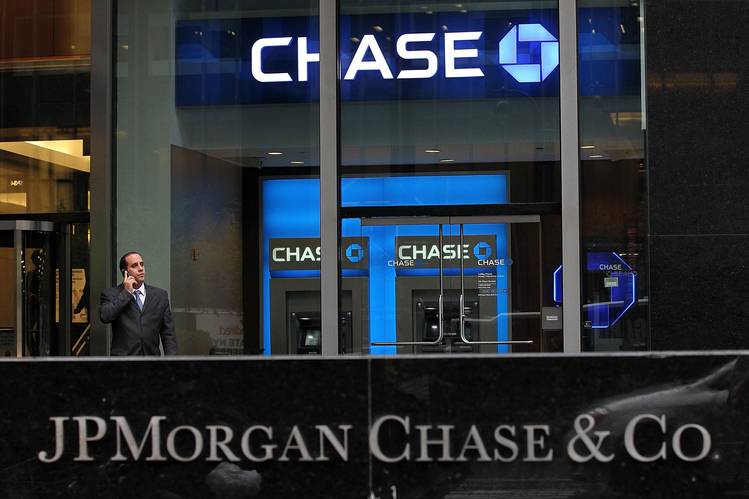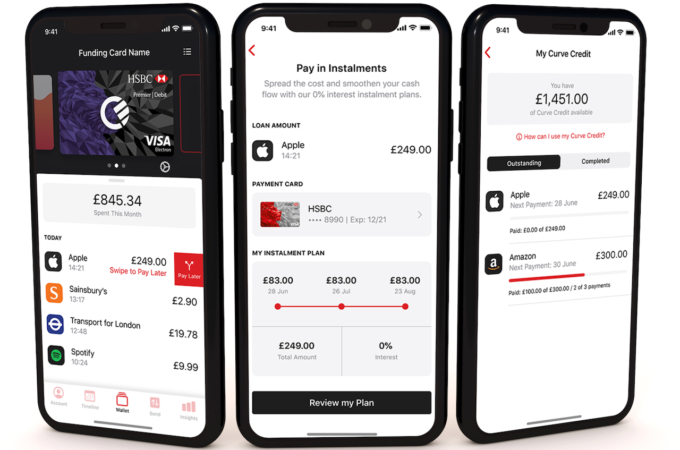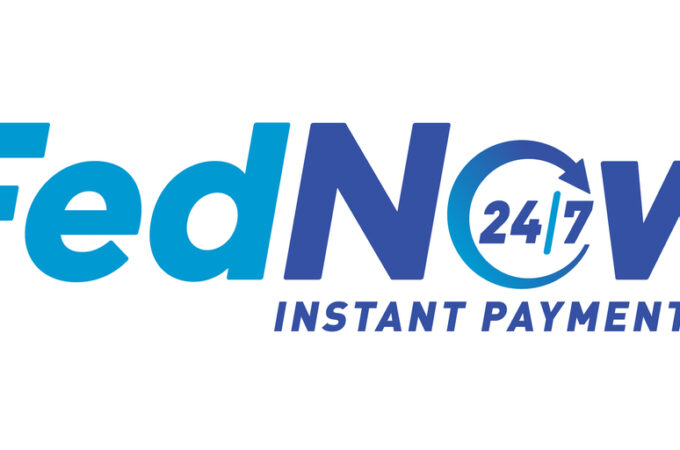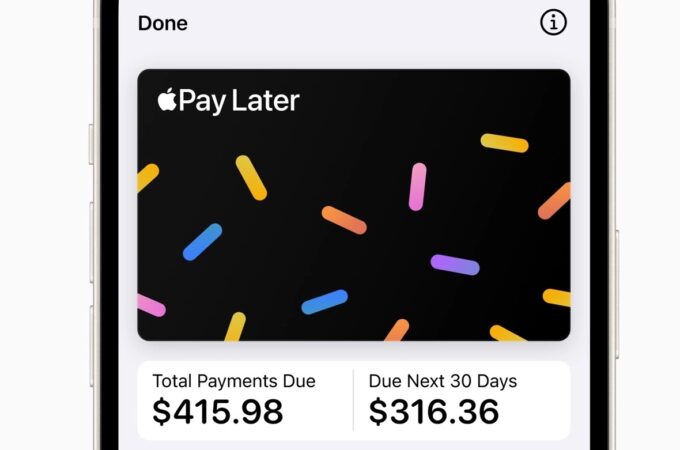
In Mobile Payments War, Big Banks Strike Back
By Aaron Back for WSJ
For years, nimble technology companies like PayPal and Apple have been disrupting the staid world of payments. But now, old-fashioned banks are getting serious about catching up. Given their inherent advantages, they shouldn’t be counted out.
J.P. Morgan Chase is leading the charge by signing up merchants like Starbucks to accept its mobile and online payments app, Chase Pay. And recently it has been positioning its person-to-person payment offering, Chase QuickPay, as a serious rival to PayPal’s Venmo.
Previously, QuickPay only allowed real-time transfers between Chase customers, with others on delay, limiting its appeal. Now, only one party to the transaction needs to be a Chase customer, and the other can have an account at a number of big participating banks. In a sign of Chase’s seriousness, it is being heavily promoted in a national advertising campaign with basketball star Stephen Curry. Other banks are launching similar products.
QuickPay has limitations—it still is less universal and seamless than PayPal or Venmo. And customers are resistant to having too many different payment apps on their smartphones.
But the banks have a key advantage in this contest, which is that they can afford to undercut rivals on transaction fees. All mobile payment services basically are free to users. But when they are used to buy real goods from merchants, online or in a physical store, the merchants pay a fee. PayPal, for instance, charges merchants a relatively high 2.9% on every transaction, online or at physical stores. Its Venmo unit plans to start doing something similar.
Big banks like J.P. Morgan Chase are in a position to charge less. Chase has its own payment network, ChaseNet, which is essentially a white-label version of Visa’s payment network, obtained on a 10-year contract with Visa. It allows merchants to use traditional credit and debit cards as well as Chase Pay.
On its website, Chase promises to lower payment-processing fees for any merchant that switches to ChaseNet. And if customers make purchases using Chase Pay, merchants will pay even less.
Chase can afford to undercut rivals in this way because, unlike companies like PayPal or Visa, transaction fees aren’t its primary source of income. Its main interest is in maintaining relationships with businesses and individuals, so it can hold their deposits, lend them money and offer them other banking services.
Advertisement
This also is why credit-card issuing banks can offer cash back or other rewards to cardholders. At up to 2% of purchases, these incentives essentially give away a large portion of the bank’s transaction fees to the consumer. PayPal or Venmo can’t afford to match that.
There are limits to how broadly any other single bank can penetrate payments. Only Chase account holders, for instance, will use Chase Pay. Similarly, not every merchant in the world is going to sign up for ChaseNet. But over the long term, the potential pricing advantage enjoyed by banks threatens to suppress fees across the payments spectrum.
When your main business becomes some else’s loss leader, you are in trouble. As banks muscle back into payments, other players that depend on transaction fees will get squeezed.
First appeared at WSJ





